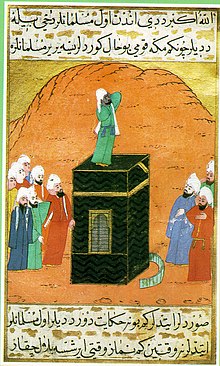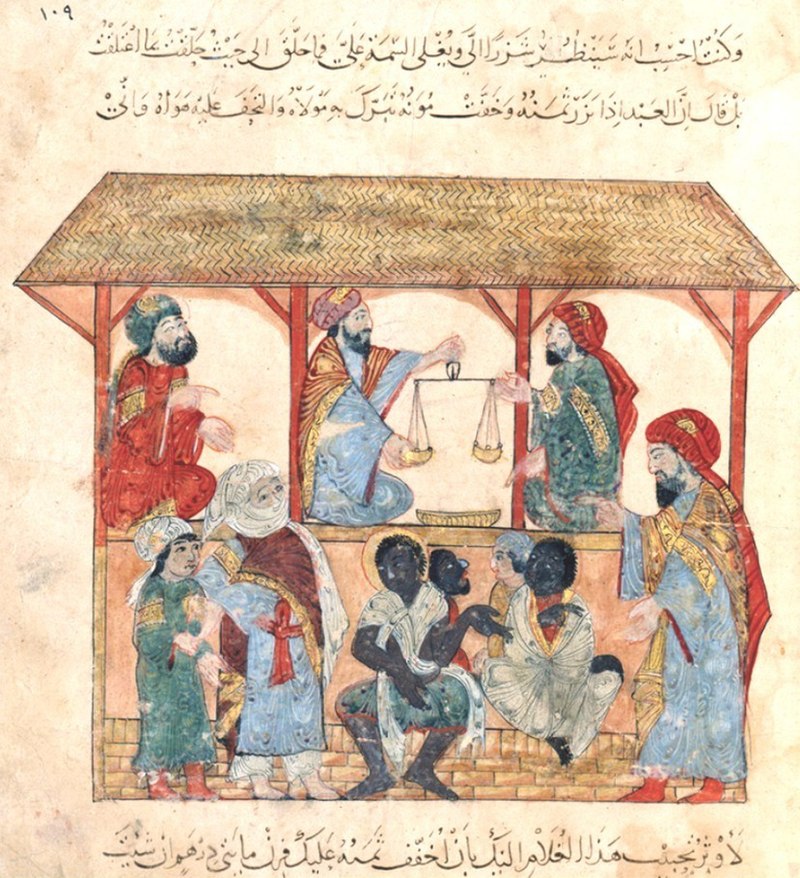Slavery in Islamic law is not based on race or ethnicity. However, while there was no legal distinction between white European and black African slaves, in some Muslim societies they were employed in different roles: for example, Ottoman Empire made white slaves (from Russia and other states) serve as soldiers and government officials, while black slaves were placed as guards at palaces and the harems of elite families.

The subject of slavery in Ottoman Empire is not a topic widely discussed amongst literary circles. Muslims choose to completely oversee these large scale harrowing atrocities on a captive people. Professor George Junne of University of Colorado has written a book on the subject, in which he talks about the key role that eunuchs played in Ottoman state. He describes how Ottomans bought the slaves after checking their value in terms of performing arts as well as their capacity to run businesses etc. Slaves would be priced according to their skills and will be assigned tasks as per their calibre.
In his book, Junne describes how a black slave would be completely separated from family and friends. Ottoman practice of eunuch-making and institutionalization of it, was one of the many customs they used to control Kuffar. Main difference between white eunuchs and black eunuchs is, that with white eunuchs, they just took out their testicles. With black eunuchs, they were completely “shaved,” meaning that everything came off. White eunuchs were sourced (bought and abducted) by Ottomans bought and from Christians and Jews. Black slaves who were later turned into Eunuchs were simply abducted. Afterward, they ended up either in the Sultan’s Harem as guards, or in Istanbul, where there were a lot of very rich men who had their own personal harems. This went on throughout Ottoman Empire. Advent of Kemal Atatürk put got rid of things like harems and the eunuch system as Turkey tried to become more European.

Scholars trying to be balanced have argued that religious scriptures contain a number of verses aimed at regulating slavery and mitigating its negative impact. They state that Quran prescribes kindness towards slaves, that they are considered morally equal to free persons, perhaps with lower legal standing and that Quran aimed to gradually phase out slavery altogether. But it did not make slavery Haram, like it states about consumption of pork. According to Dr. Shabbir Ally, a Muslim scholar, Muslims did not follow instructions of Quran and were therefore not able to abolish Slavery from their midst until the Europeans made it illegal in some countries. However, matter of slavery is left to interpretation in scriptures and as many proselytising Muslims would want us to believe, should be read about keeping in mind background (Syaq o Sabaaq). Those who cannot make logical sense of this practice but still are adamant defenders of the scripture believe that since there is a Hadith on correcting what is wrong, which says that there should be no harm to anyone, therefore followers of Quran were ones who were given open initiation to stop slavery. However, even they cannot justify order for slave girls to remain only partially dressed when in public, to differentiate between a slave and a free woman. According to Hanafi School of thought, during early days of Islam, it was already proscribed that a slave girl was to hide her body “from navel to knees”.
References:
The Travels of Reverend Olafur Egilsson: The Story of the Barbary Corsair Raid on Iceland in 1627. by Olafur Egilsson
An interview of Dr. Shabbir Ally
The Legacy of Arab-Islam In Africa by Azumah John Alembillah & Race and Slavery in the Middle East by Bernard Lewis
#archaeohistories






